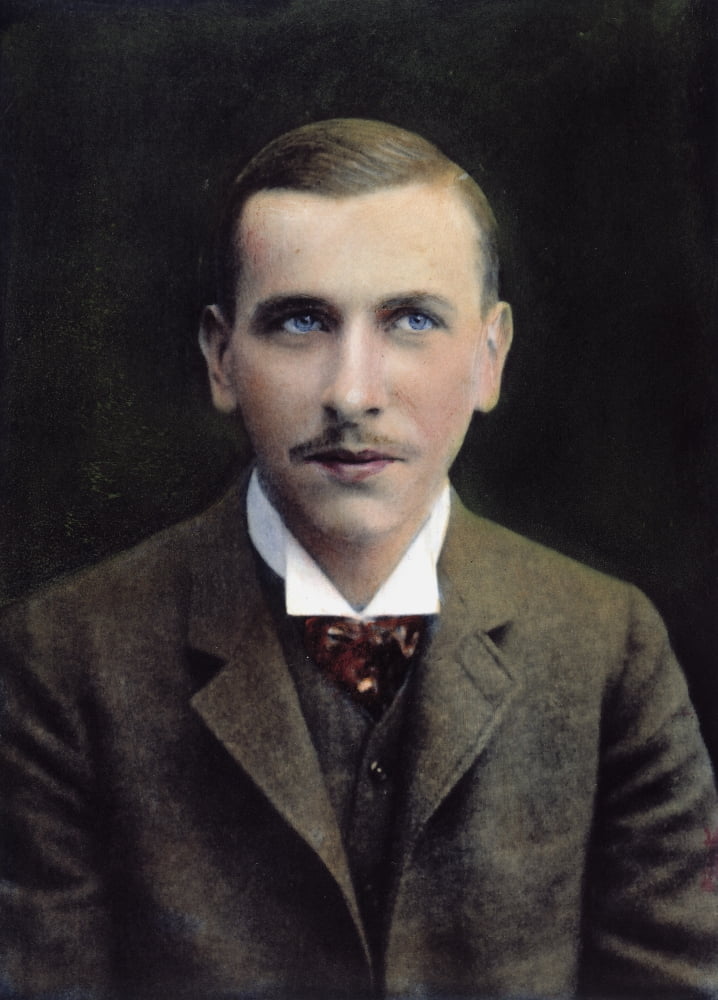

They took no food for the dogs and killed them to feed the rest until they could only run one sled. With only enough supplies for three at Eismitte, Wegener and Rasmus Villumsen took two dog sleds and made for West camp. On October 19, the remaining three members of the expedition reached Eismitte. Twelve of the Greenlanders returned to West camp. During the journey the temperature reached −60 ☌ (−76 ☏) and Loewe's toes became so frostbitten they had to be amputated with a penknife without anaesthetic. On September 24, although the route markers were by now largely buried by snow, Wegener set out with thirteen Greenlanders and his meteorologist Fritz Loewe to supply the camp by dog sled. Vehicles used by the 1930 expedition (stored). Due to a late thaw the expedition was six weeks behind schedule and as summer ended the men at Eismitte sent a message that they had insufficient fuel so would return on October 20. This success depended on enough provisions being transferred from West camp to Eismitte ("mid-ice") for two men to winter there and was a factor in the decision that led to his death. Wegener felt responsible for the expedition's success as the German government contributed $120,000 ($1.5 million in 2007 dollars) at a time when Germans were starving to death due to post-war shortages. In 1930, his last expedition was to Greenland to conduct the first 12-month monitoring of arctic weather. Wegener (left) and Villumsen (right) in Greenland November 1st, 1930. Inside the hut they drilled to a depth of 25 m with an auger. Koch were the first to winter on the inland ice in a hut they built on the ice in Northeast Greenland. Wegener was involved in several expeditions to Greenland to study polar air circulation before the existence of the jet stream was accepted. His lectures, The Thermodynamics of the Atmosphere, became a standard textbook in meteorology. He was a record-holding balloonist (flying a balloon in the air for 52 hours straight) and pioneered the use of weather balloons to track air masses. However Wegener was always interested in the developing fields of meteorology and climatology. in astronomy under the direction of Julius Bauschinger.

After he had finished school he studied physics, astronomy and meteorology at the Friedrich Wilhelms University (today: Humboldt University) Berlin. Wegener attended the Köllnische Gymnasium in his home town. However, Wegener was unable to demonstrate a mechanism for continental drift, which, combined with his mostly circumstantial evidence, meant that his hypothesis was not accepted until the 1950s, when numerous discoveries provided evidence of continental drift.Īlfred Wegener was born in Berlin during the time of the German Empire, November 1,1880. He is most notable for his theory of continental drift (Kontinentalverschiebung), proposed in 1912, which hypothesized that the continents were slowly drifting around the Earth. 2192.Alfred Lothar Wegener (1 November 1880 – November 1930) was a German scientist, geophysicist, and meteorologist.

Norman Library of Science and Medicine, no.

Wegener died at the early age of 50 on an arctic expedition at Eismitte in Greenland. With the discovery of new paleomagnetic evidence in the 1950s, and especially with the development of plate tectonics in the 1960s, Wegener's theory of continental drift eventually became widely accepted. Later the theory fell into obscurity because Wegener’s drift mechanism was shown to be untenable. Wegener’s theory attracted little interest until 1919, when he published the second edition of his treatise Die Entstehung der Kontinente und Ozeane.īetween 19 continental drift was the focus of much controversy and debate. He postulated that 200 million years ago there existed a supercontinent (“Pangaea”), which began to break up during the Mesozoic era due to the cumulative effects of the “Eötvös force,” which drives continents towards the equator, and the tidal attraction of the sun and moon, which drags the earth’s crust westward with respect to its interior. Wegener originated the theory of continental drift in this paper on the origin of continents, which he conceived after being struck by the apparent correspondence in the shapes of the coastlines on the west and east sides of the Atlantic, and supported with extensive research on the geological and paleontological correspondences between the two sides. In 1912 German scientist, geophysicist, and meteorologist Alfred Wegener published from Gotha, Germany "Die Entstehung der Kontinente" in Mitteilung aus Justus Perthes’ geographischer Anstalt 58 (1912): 185-195 253-256 305-309.


 0 kommentar(er)
0 kommentar(er)
